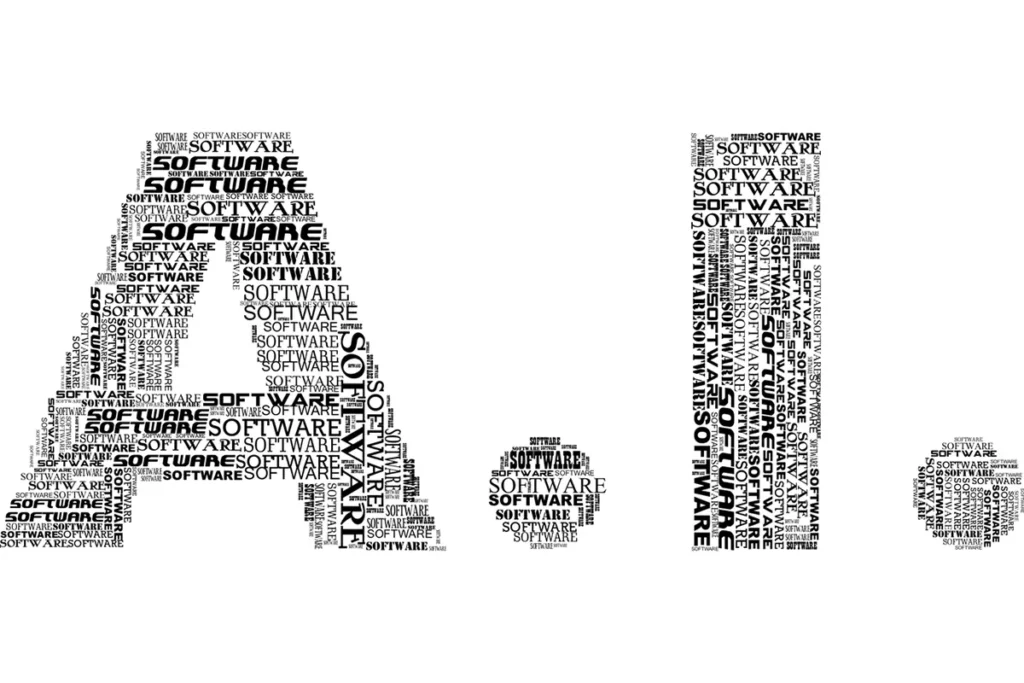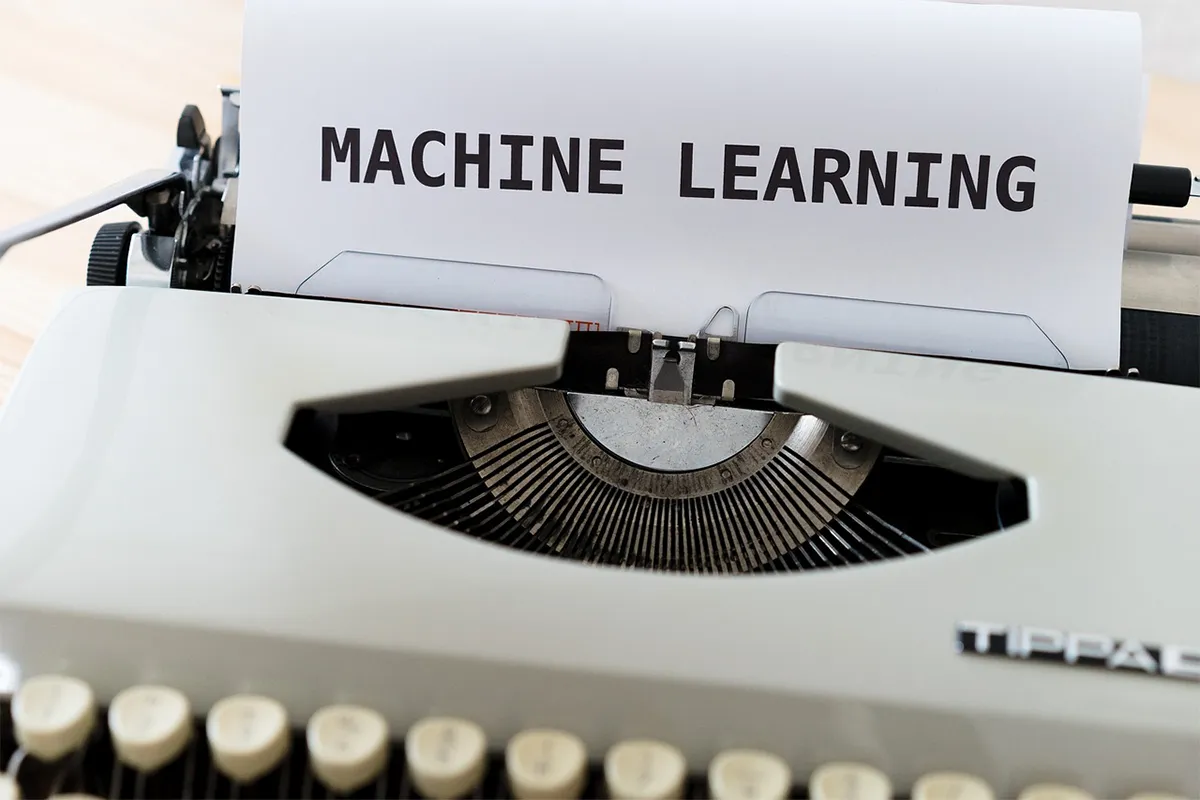With the ever-growing number of AI text generators, there is a surge in the number of AI detectors. AI-generated text is now being used in almost every other industry. Be it news, blog posts, academics, journals, or e-books, you will find that AI is used to create the content. Writers take help from AI to generate ideas, descriptions, and even whole posts or research papers. This seriously damages the institution’s credibility and hampers its creativity.
Therefore, it becomes important to use AI detectors to keep intact the integrity and ethical standards of content creation. AI detectors ensure transparency by accurately differentiating the AI-generated text from human-written text. They are specially designed for pattern recognition language model comparison and continuous training that enable them to set apart human content from AI-generated content.
Let us have a look at the working principles and how the best AI detectors work.
What is Artificial Intelligence and Machine Learning
Artificial intelligence is the ability of machines to do tasks that need human intelligence. These tasks include recognizing speech, understanding languages, and making decisions. AI has different categories. Narrow AI works on specific tasks. Examples of narrow AI are voice assistants and recommendation systems. General AI wants machines to do any task that a human can do. General AI is not real yet; it is mostly a theory.
Machine learning is important for AI. It is a method that lets machines learn from data. Machines do not just follow strict rules; they find patterns in data. This lets them be flexible. Many algorithms are used in machine learning. Some common algorithms are decision trees, neural networks, and support vector machines. These algorithms help machines make predictions based on what they learn. Training datasets give machines the information they need to learn. The performance of the algorithms depends on these datasets. Good-quality datasets make AI better.
What are AI Detectors
AI detectors help to tell the difference between human content and AI-generated content. They are tools that recognize if text, images, or videos are made by machines. The growth of AI-generated content makes these detectors very important. Every industry finds AI detectors useful, and AI helps with writing skills. In schools, teachers use them to find plagiarism. Reporters use them to check the truth of information in journalism. These detectors support accountability and honesty in many areas.
AI detectors come in many forms. Text detection tools look at the structure and style of writing. They can find AI-generated writing by comparing it to human writing. Image and video detection tools find patterns in pictures and videos. These tools can see changed or fake images. Audio detection tools check sound to find out if the sound is made by a machine. As AI technology grows, the need for effective AI detection methods also grows.
How AI Detectors Work

1. Data collection: Data is very important for how AI detectors work. Collecting and organizing datasets is necessary. High-quality data helps machines learn well. Diverse datasets help the detector recognize different types of content. This diversity reduces bias and improves overall performance.
2. Feature extraction: Feature extraction finds specific characteristics of AI-generated content. This step helps identify patterns that are different from human-created work. Analyzing these features gives insight into what makes content AI-generated. These features can be word choice, sentence structure, and even style.
3. Model training: Model training has two main kinds: supervised and unsupervised learning. Supervised learning uses labeled data for training. Unsupervised learning analyzes data without labels. Both methods help build the AI detector model with annotated data. Annotated data is important because it teaches the model what to look for during detection.
4. Testing and validation: Testing and validation check that the AI detector works correctly. Testing measures accuracy and performance. This process shows whether the detector can identify AI-generated content accurately. Validation techniques make the model’s reliability stronger. They assess performance using different parts of data, which leads to a better detector.
5. Implementation: Implementation is the last step for AI detectors. Deployment makes the detector ready for use. It is important for the detector to work in real time. Real-time detection helps users find AI-generated content quickly. This speed is very important for educators and journalists who need accurate information.
Challenges and Limitations
Even with these steps, challenges continue in the area of AI detectors. One big issue is the fast change in AI content generation, which makes it hard for detectors to remain current. Also, AI can be wrong and create false positives and false negatives. False positives incorrectly say that human text is made by AI. False negatives do not find real AI text.
Ethics are also important. People think about privacy issues. Concerns about spying can lead to unfair treatment. These problems show that we need to develop AI detectors carefully. We must use them in a fair and effective way.
Easy AI Checker
Easy AI Checker helps users find text made by AI. It uses smart algorithms to give correct results. This tool looks at the content closely. Users can trust the results. Accuracy is important for all people. Many people want to know which content is made by humans. Easy AI Checker does this job well.
- Detect and Humanize AI Text: AI Checker helps users make their text sound more human. It gives tools to change the writing style and completely humanize your AI-generated text. Users can improve their content for a smooth flow. This feature is good for those who write using AI. It helps the text connect with readers. A human touch makes readers more interested.
- A complete tool: Academics, content writers, and publishers use Easy AI Checker. These professionals care about authenticity. They want to keep the quality of their work high. Easy AI Checker helps them do this. It makes it easier to find writing made by AI. This saves time for busy people. It has many benefits for education and helps them work better.
- Affordable prices: Easy AI Checker has great tools at low prices. Everyone can use it without spending too much money. Cheaper options give more people the chance to use it. Writers and academics get good tools for less money. With these options, more people can use AI detection. This helps everyone learn about AI-made content.
Future of AI Detectors
The future for AI detectors looks good because technology changes fast. These tools will become more accurate. This will be important for organizations that fight misinformation and keep digital content honest. As more people learn about AI’s abilities, more people will rely on these detectors. The community needs to watch closely about how AI affects communication.
This ongoing work will be important for improving AI detection methods and reducing AI hallucinations. By being active, we can adapt better to the changing technology world and help AI detectors make digital interactions clearer and more trustworthy.
Conclusion
AI detectors have an important part in digital communication now. They help to find the difference between content created by humans and content created by machines. Learning more about these tools shows their usefulness in different areas. In education, AI detectors help teachers find cheating. In journalism, they help to ensure reports are real.
There are many types of AI detectors for text, images, videos, and audio. Each tool works in its own way. They look at patterns and features to find out where the content comes from. As AI technology gets better, these detectors also improve.
AI detectors are becoming more important in our digital world. They protect us against lies and false information. Their success can affect honest communication and openness. We live in a world that changes quickly and where AI is part of our daily lives. It is important to talk about their effects. How will we deal with the problems and chances? The answers will shape the future of communication.

